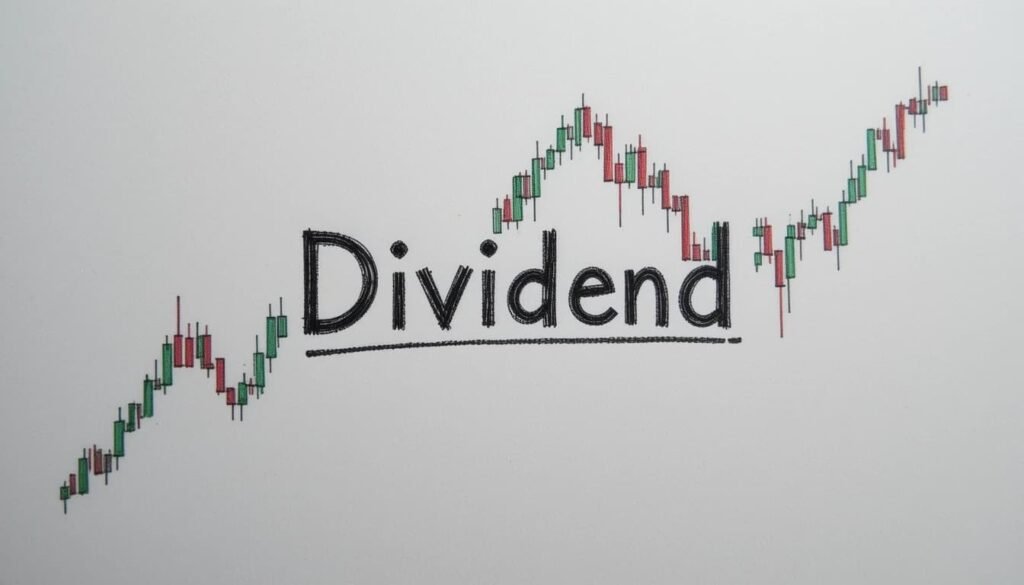A high dividend can look safe from the outside. It makes you feel the company is rewarding its investors. But not every dividend lasts. Some get cut when the company cannot support the payout anymore. The question is simple but powerful: how do you know if a dividend will stay or if it will vanish?
Dividends are not free money. They come from company earnings. If a company pays too much, it weakens its ability to grow or survive tough times. A cut can crush both income and stock price. That is why investors must look beyond the surface. The goal is to find which dividends are built to last and which are in danger.
Dividend sustainability is the ability of a company to keep paying without hurting its future. It is not about guessing. It is about checking key signals. You will learn those signals step by step. By the end, you will know how to test a dividend before you trust it.
Payout Ratio
The first number to check when testing dividend safety is the payout ratio. This shows how much of the company’s earnings are being sent to shareholders. If a company earns $1 per share and pays out 40 cents, the payout ratio is 40%. If it pays out 90 cents, the ratio is 90%. The higher the number, the less cushion the company has if earnings drop.
A company that pays nearly all its earnings as dividends leaves little room for anything else. It cannot easily reinvest in new projects. It cannot build a cash reserve for hard times. It has less flexibility when business slows. If earnings fall, the dividend may be the first to suffer. That is why the payout ratio is such a critical test.
A healthy payout ratio is usually below 50%. This means the company uses half or less of its earnings for dividends, keeping the rest for growth and safety.
Companies with strong stability—such as large utility firms—can afford higher ratios, sometimes 60% to 70%. But when the ratio climbs much higher, the margin of safety disappears. A payout ratio above 80% is a red flag in most industries.
One important rule is to compare the ratio with the company’s own history and its industry average. A bank with a 45% ratio may be very safe, while a fast-growing tech company with the same ratio may be stretched.
The reason is simple: some industries are predictable, while others face more ups and downs. A one-time spike in payout ratio, caused by a temporary dip in earnings, is less worrying than a long-term rise. The danger is not in a single year but in a sustained pattern.
You must also go beyond earnings to see the truth. Earnings can be shaped by accounting rules and one-time events. A company might report strong earnings on paper but not have real cash in hand. This is why cash flow is the second part of the core test. Dividends are not paid with accounting profits. They are paid with actual cash.
Free cash flow is the most important figure here. It shows how much money is left after the company pays its bills and invests in its business. If free cash flow is shrinking while dividends stay the same, that is a warning sign. It means the company may be borrowing or using reserves to keep the dividend alive. That cannot last forever.
Strong free cash flow compared to dividend payments is a green flag. It tells you the company has room to keep paying and even raise dividends in the future.
A safe company will have free cash flow comfortably higher than the total cash needed for dividends. That extra room is what protects investors when the economy slows down or costs rise.
In short, the payout ratio and free cash flow form the backbone of dividend analysis. One shows how much of earnings go to shareholders. The other proves whether those earnings are backed by real money. Together, they reveal if a dividend is being paid from strength—or from weakness that could collapse later.
Debt, Growth, and Management Choices
Dividends are never separate from the rest of a company’s finances. They are one piece of the bigger plan. To understand if a dividend is safe, you must look at how much money the company owes, how it grows, and how its leaders make decisions. These three areas can either support a dividend or put it at risk.
Debt and Dividend Risk
Debt is a top priority in every company’s budget. Lenders always get paid before shareholders. If debt payments rise, dividends can be cut to free up cash. This is why companies with high debt loads face higher dividend risk.
You should look at how much debt a company carries compared to its earnings. Ratios such as debt-to-equity or debt-to-EBITDA (earnings before interest, taxes, depreciation, and amortization) can show how heavy the burden is.
If the company’s debt is large and earnings are flat, there is less space for dividends. On the other hand, if debt is low and manageable, dividends are safer.
Also watch interest costs. Rising interest rates increase the cost of servicing debt. A company that was safe before may become pressured when interest payments eat into cash flow.
If debt is growing while dividends also increase, that is a red flag. It means the company may be borrowing just to keep payouts alive, which is not sustainable.
Growth as Dividend Support
Growth is another key factor. A company that grows revenue and profits creates a stronger base for dividends. When sales expand and margins improve, cash flow grows. That cash can be used for reinvestment and shareholder rewards.
Without growth, a dividend relies only on existing earnings. That works in the short term but may fail in downturns. If a company stops growing, it cannot raise dividends without stretching its payout ratio. In a weak economy, the risk of cuts rises.
When testing growth, look at consistent revenue increases, stable or rising profit margins, and investment in new products or services. These are signs the company is building for the future. A business that expands steadily has a stronger chance of keeping and raising dividends for years.
Management Choices and Track Record
The final layer is management. Leaders decide whether dividends stay safe or get cut. Some management teams treat dividends as a core promise. They protect and raise payouts in good times and bad. Others view dividends as flexible and cut them quickly when challenges come.
The best way to judge management is to check their history. Has the company raised dividends year after year? Did they keep paying during recessions or crises? A strong track record shows management values shareholder income and plans carefully to protect it.
But history alone is not enough. You must also study current actions. Red flags appear when management raises dividends while profits fall. This suggests they are trying to impress investors instead of protecting long-term health.
If debt climbs while dividends rise, the same warning applies. If the payout ratio creeps upward every year, it shows leadership is stretching too far.
Debt, growth, and management choices all connect. A company with moderate debt, strong growth, and disciplined management will likely keep dividends safe. A company with high debt, flat growth, and careless leadership is dangerous. Investors must weigh all three together to see the true picture.
The Complete Dividend Health Check
When you put all the signals together, you can test dividend strength with confidence. Here are the key steps in order:
- Check payout ratio – lower ratios mean more safety.
- Check cash flow – strong free cash flow supports the payout.
- Check debt – high debt levels eat into cash for dividends.
- Check growth – steady growth supports steady dividends.
- Check management record – a history of safe increases shows strong discipline.
- Watch for red flags – rising dividends without matching earnings is not sustainable.
This system keeps you from guessing. It replaces fear or hope with facts. It gives you the power to separate safe dividends from weak ones. Once you learn this, you can spot strong companies that will pay you for years, not months.
The payoff is big. You avoid dividend cuts that wipe out your income and destroy stock value. You put your money into firms that reward you while staying strong. This is the core skill every dividend investor needs.
Dividend investing can build steady income. But safety is not automatic. You need to test each company with the right tools. Payout ratio, cash flow, debt, growth, and management are the keys.
If all the signals point to strength, you can invest with confidence. If they show weakness, you avoid a trap. The goal is not chasing the highest yield. The goal is building income that lasts.
By learning to evaluate dividend sustainability, you take control of your future cash flow. You trade guesswork for clear signals. That is how you protect your money and grow wealth.




